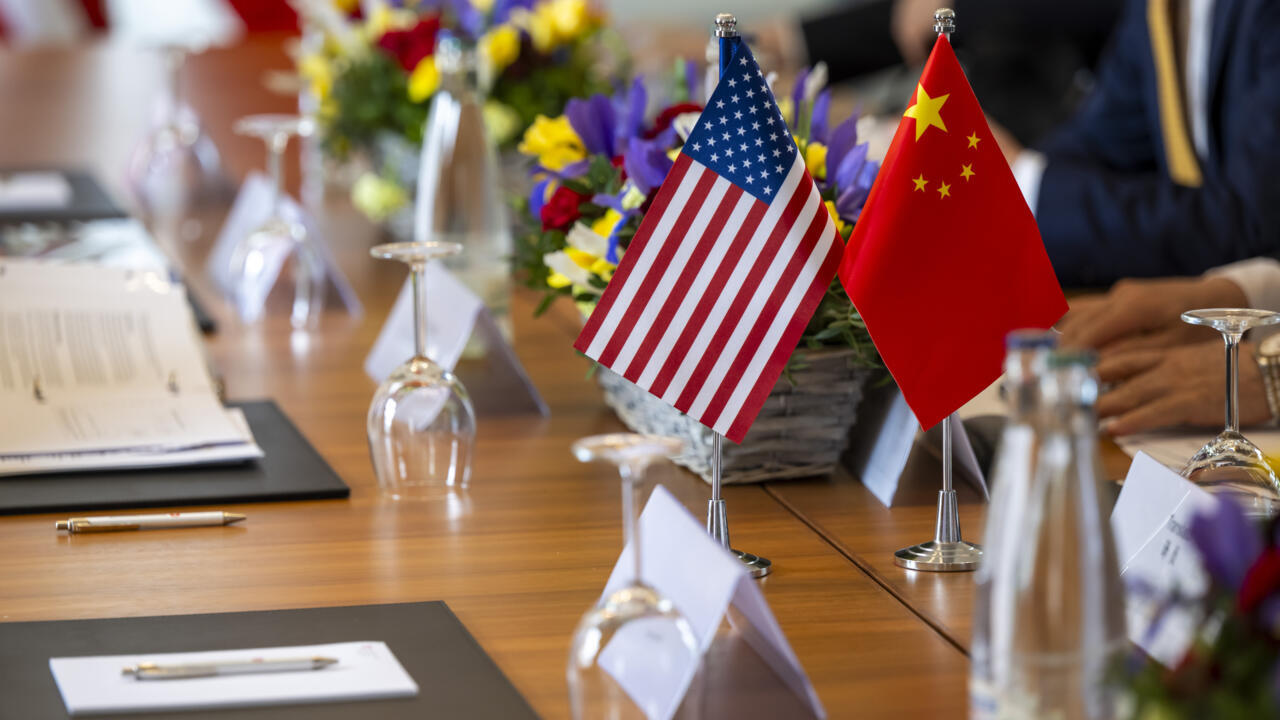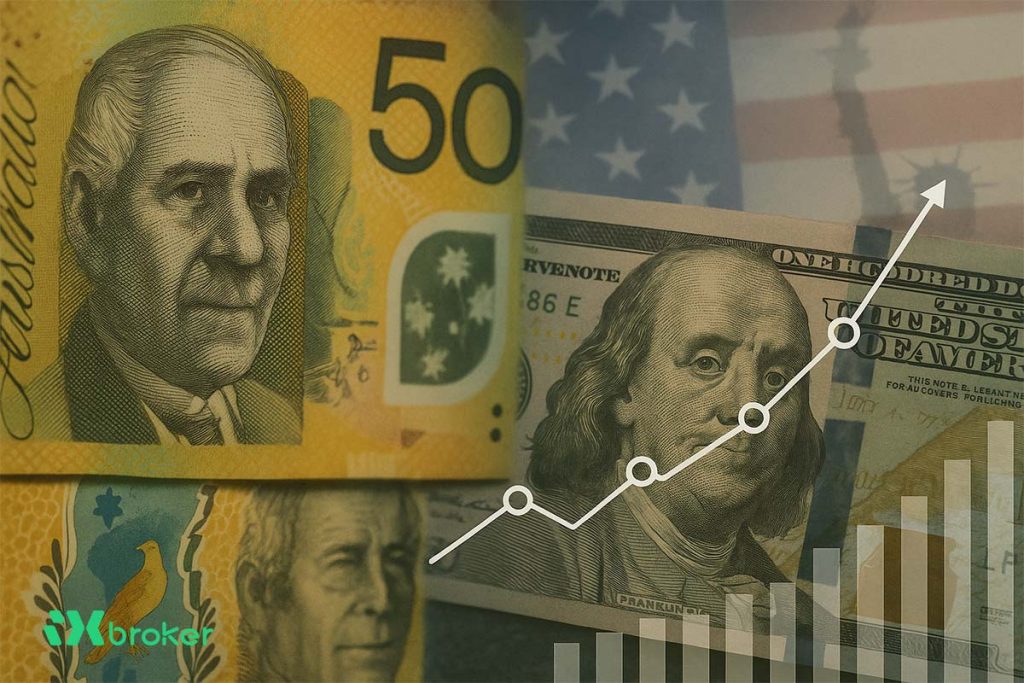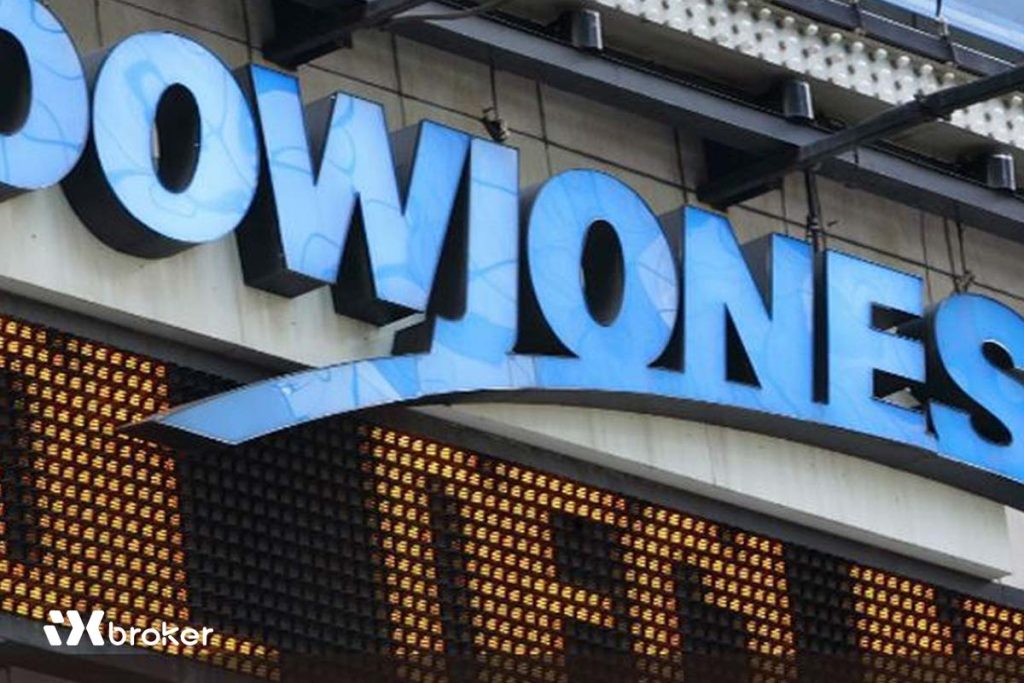The latest trade truce between China and the US offers hope for reduced tensions, but lack of clarity continues to weigh on global markets.
Following two days of negotiations in London, Chinese and American officials reached a provisional agreement to revive the Geneva pact and ease China’s export restrictions. While the move sparked cautious optimism, markets responded with restraint, signaling that investors are still awaiting concrete outcomes.
A Ceasefire Begins — But Not a Final Deal
In the latest chapter of the turbulent economic relations between Beijing and Washington, both sides wrapped up two days of talks in London with a tentative agreement aimed at reviving last month’s Geneva deal. A key element of the new understanding includes China’s pledge to lift restrictions on rare earth exports — one of the main sticking points in prior discussions. However, the absence of clear implementation details has left markets in wait-and-see mode.
Markets React Cautiously to the News
Following the announcement, China’s CSI 300 index rose by 0.75%, hitting a near three-week high. In contrast, U.S. S&P 500 futures saw a modest decline. The U.S. dollar gained slightly, while the Chinese yuan held steady. These tempered reactions suggest that the truce may have prevented immediate escalation but fell short of inspiring full market confidence.
Realism Prevails on Both Sides
Analysts emphasized that the most positive takeaway from the talks was the pragmatic stance adopted by both parties. Mark Dong, co-founder of Minority Asset Management in Hong Kong, noted, “At the very least, it shows that neither side is currently willing to cross certain red lines. That’s a reassuring sign for the markets.”
Sustainable Calm Hinges on Tangible Progress
According to Chris Weston, Head of Research at Australian brokerage Pepperstone, risk assets could remain supported as long as the tone of negotiations remains constructive. However, he warned that the absence of specific commitments means investors are likely to stay cautious for now.
Trump’s Tariff Rollback Boosted U.S. Markets
The recent upward trend in U.S. equity markets began after former President Donald Trump rolled back some of the tariffs he had announced on April 2, dubbed “Liberation Day.” Since then, the S&P 500 has surged by over 6.5%, approaching record highs. Although Chinese equities have lagged due to ongoing economic concerns, they have recovered much of their earlier losses and returned to early April levels.
Broad Economic Risks from Prolonged Trade Uncertainty
Despite the provisional nature of the truce, the threat of a renewed trade war — potentially disrupting $600 billion in bilateral trade — continues to loom over the global economy. Economists warn that ongoing volatility and tit-for-tat tariffs could weigh on global growth for months to come.
Phillip Wool, Chief Research Officer at Rayliant Global Advisors, cautioned, “Investors driving markets back to record levels may be underestimating the real and lasting impact of this year’s persistent uncertainty.”
Conclusion: Rebuilding Trust Will Take More Than Words
While the truce may offer temporary relief, the absence of detailed commitments leaves many questions unanswered. Restoring full confidence in the U.S.-China economic relationship will require more concrete and durable measures from both sides.



